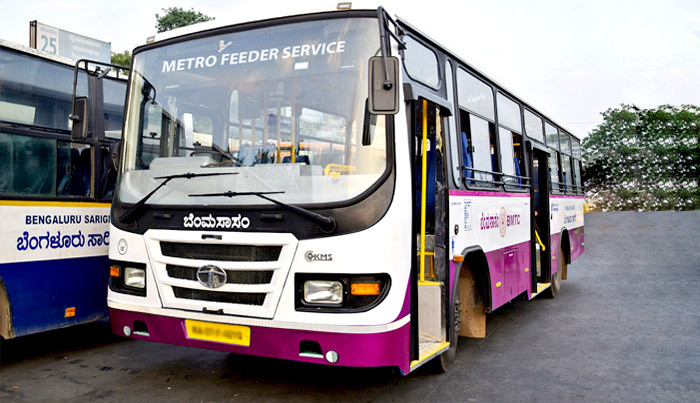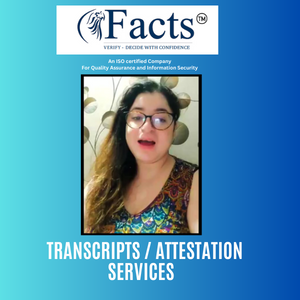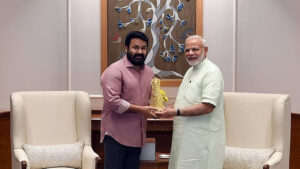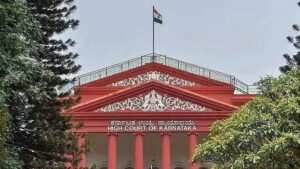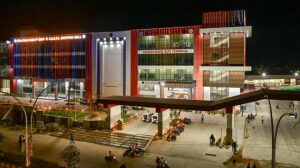Bengaluru’s ambitious metro network, celebrated for its potential to transform the city’s transportation landscape, is now facing scrutiny over its last-mile connectivity efforts through feeder buses. As residents grapple with the complexities of navigating the city, questions arise about the effectiveness of these feeder services in truly bridging the gap between metro stations and final destinations.
The Bengaluru Metro, a significant addition to the city’s public transportation system, has been designed to alleviate traffic congestion and enhance mobility for its residents. However, the challenge of “last-mile connectivity,” the connection between a commuter’s home or workplace to the nearest metro station, has persisted as a concern. Feeder buses, introduced with the aim of easing this transition, have garnered attention as citizens evaluate their effectiveness.
Mixed reviews emerged from various quarters, with some commuters expressing satisfaction with the convenience and regularity of these services, while others voiced grievances regarding overcrowding, irregular schedules, and limited coverage.
The experiences of passengers reveal that while some routes and timings align well with their needs, certain areas still lack comprehensive feeder bus coverage. This has led to situations where commuters have to rely on multiple modes of transportation or other alternatives to complete their journeys. Additionally, overcrowding during peak hours has been noted as a common issue, indicating the need for increased frequency and capacity on popular routes.
Bengaluru’s transportation authorities acknowledge the challenges and emphasize their commitment to refining the feeder bus network. Officials cite ongoing efforts to expand routes, optimize scheduling, and incorporate technology to provide real-time updates on bus arrivals and departures.
City planners and experts in urban mobility stress the importance of a holistic approach to last-mile connectivity, which encompasses not only feeder buses but also pedestrian-friendly infrastructure, cycling facilities, and ridesharing options. They underline that providing a seamless and convenient experience for commuters requires collaborative efforts from various stakeholders.
As Bengaluru continues to grow and urban mobility remains a key concern, the evaluation of the metro feeder bus system serves as a reality check for the city’s transportation goals. The collective feedback from commuters highlights both successes and areas for improvement. The overarching goal remains to create a sustainable, efficient, and accessible transportation ecosystem that contributes to the overall quality of life for Bengaluru’s residents.


